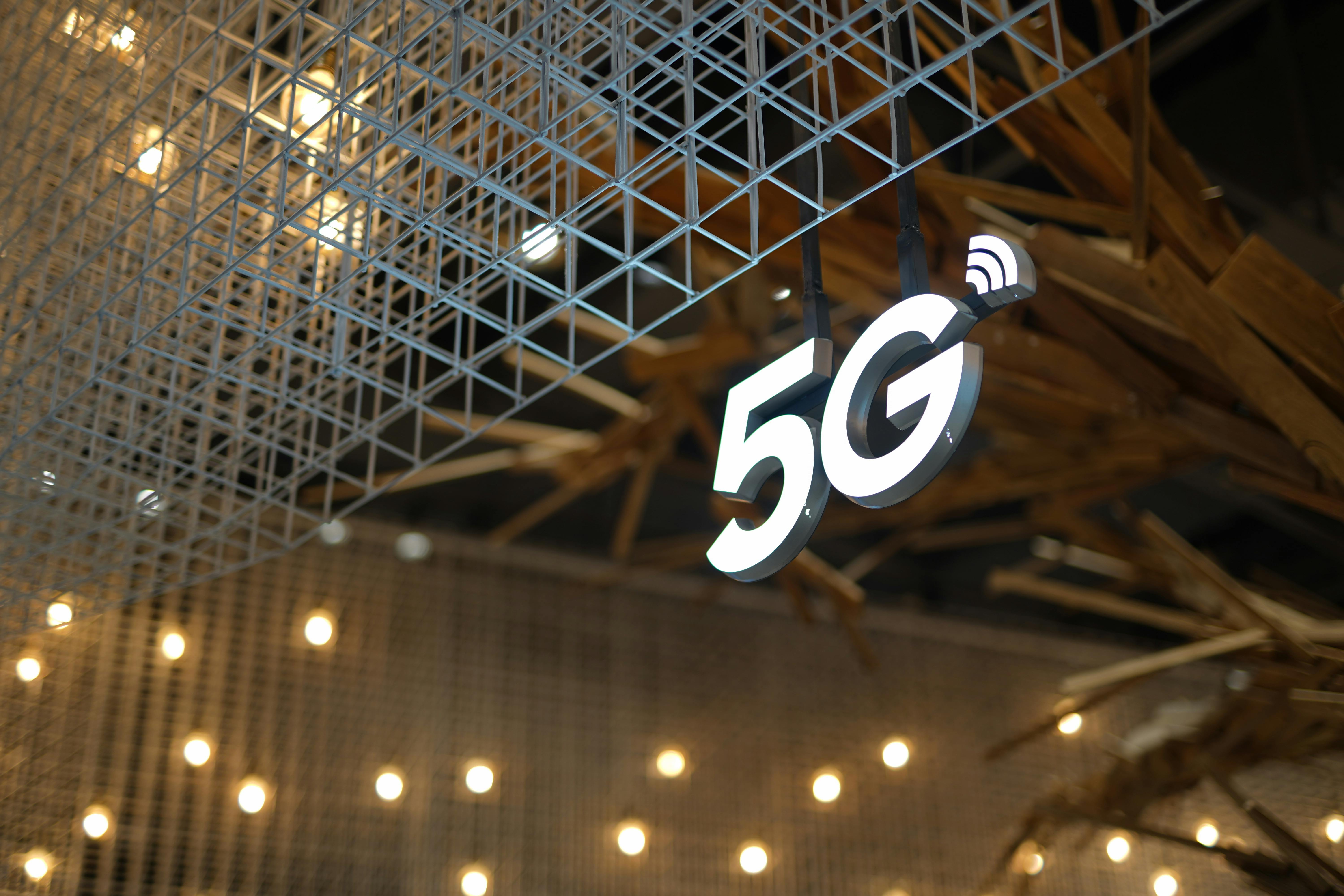In the bustling world of electronics, Printed Circuit Boards (PCBs) are like the quiet MVPs—they’re the "nerve center" behind every electronic device we use. Think about it: from the smartphones we can’t live without to those super advanced industrial machines, PCBs do work so essential that modern electronics just wouldn’t exist without them. Let’s take a closer look at why PCBs matter so much, check out what’s new in the industry, and see how they’re shaping the future of electronics.
The Basic But Big Role PCBs Play
At their core, a PCB is a flat board made of non-conductive stuff—usually fiberglass—with little copper pathways etched on its surface. These pathways are basically the "wires" that connect all the electronic bits: integrated circuits, resistors, capacitors, transistors, you name it. This job of linking everything up electrically is the most basic thing a PCB does, but it’s totally vital. Without a PCB, all the complicated connections an electronic device needs would have to be done with individual wires. That’d be a huge pain—super labor-intensive and way too easy to mess up. Mass-producing reliable gadgets? Pretty much impossible that way.
And PCBs aren’t just about electricity—they hold all the parts in place too. They’re like the sturdy shelf that keeps components stable and protected. Take a laptop, for example: the PCB is the solid base that holds the CPU, RAM, and other chips, keeping them safe from knocks and shakes when you’re using it.
PCBs Keeping Up with Today’s Tech Booms
5G and the Need for Speed
5G has totally changed the game when it comes to moving data fast—and PCBs are right in the middle of that change. 5G base stations and devices need PCBs that can handle super high-frequency signals without losing much data. So folks are making specialized PCBs with better materials and smarter designs to meet that need. These high-performance PCBs have precise impedance control, which is like a traffic cop for signals—super important to keep signals strong at the ultra-high frequencies 5G uses.

AI, Big Data, and the Servers That Power Them
When it comes to AI and big data, powerful servers are the workhorses. These servers are packed with high-performance processors and tons of memory, and all of it connects through PCBs. As AI gets more complex and we need to process more data than ever, PCBs have to step up. They need to let data zip between parts of the server—like between the CPU, GPU, and memory—and they also have to deal with heat. Those high-power components get hot! So now there are advanced PCBs with built-in ways to cool down, like thermal vias and copper planes that spread out heat.
PCBs in the Car World
The car industry is changing fast—electric vehicles (EVs), self-driving cars, and advanced driver-assistance systems (ADAS) are all taking off. And PCBs are key in all of this. In EVs, PCBs are in the battery management systems, motor controllers, and charging setups. They make sure power moves efficiently and keep an eye on the battery. In ADAS, they connect sensors—cameras, radar, lidar—to the main computer, so the car can do things like avoid collisions or stay in its lane in real time. As cars get more connected and start driving themselves, PCBs in cars will only get more important.
How the PCB Industry’s Doing and Where It’s Going
The PCB industry has been growing steadily lately. According to Prismark, the global PCB market was worth around $735.65 billion in 2024, and it’s supposed to grow about 5.2% each year from 2024 to 2029. That growth comes from all the industries we talked about, plus new tech like the Internet of Things (IoT) and virtual reality (VR).
One big trend in the industry is making PCBs smaller and packing more into them. Gadgets are getting tinier but more powerful, so PCBs have to fit more components in less space. That’s why things like High-Density Interconnect (HDI) PCBs are popping up—they have smaller holes, thinner traces, and can fit more parts. Another trend is making manufacturing more eco-friendly. With everyone caring more about the environment, PCB makers are trying to waste less, use greener materials, and use less energy when making them.
Wrapping Up
Here at PCBgogo, we’re proud to be part of this busy, important industry. We know how crucial PCBs are for all the tech that’s changing our world. Our team of experts is always working to get better at designing and making PCBs, keeping up with the latest trends to give our customers what they need. Whether it’s making high-performance PCBs for 5G, designing small, efficient ones for IoT gadgets, or making sure our manufacturing is sustainable, we’re here to do our best. As people want more advanced electronics, we’re ready to stay at the front of the PCB industry, helping make electronics that are stronger, more efficient, and better for the planet.
